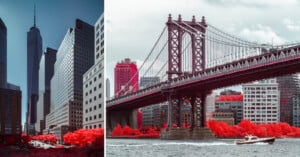
Infrared Photos of New York City Show the Big Apple in a Different Light
Like Paris, where I live, New York is one of the most photographed cities in the world. Creating an original photo series is therefore a major challenge.

Like Paris, where I live, New York is one of the most photographed cities in the world. Creating an original photo series is therefore a major challenge.
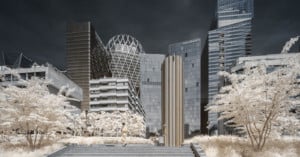
Financial districts are more known for their buildings than for their parks: from the Financial District of NYC to the City of London, these places are synonyms of concrete, steel, and glass, not parks or flowers.

Like most photographers, I love black-and-white infrared images. There is a purity and intensity to a well-crafted monochrome image, and there are many software options out there to help convert an image to black-and-white.
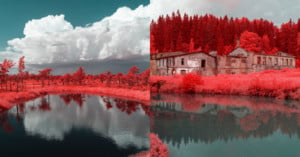
During the summer of 2021, I was invited by a close friend living in Latvia to visit the country for a few days. Totally foreign to the Baltic countries, I was able to discover Latvia through different aspects, from its capital Riga to national parks and forests, passing by a memorial of the Second World War.
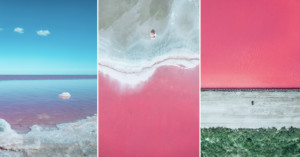
A photographer who is known for his infrared images has created a surreal body of work that shows the uniquely pink salt fields of France in a way that looks infrared, but instead only uses the natural colors of the area.
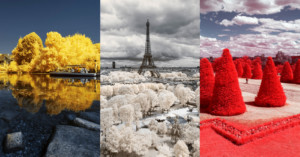
For the last years, I have spent every summer traveling across France to discover the diversity of its landscapes and its natural heritage. Usually, summer is synonymous with crowds of vacationers and tourists. For this project, summer is also synonymous with lush nature, in which infrared photography works the best to reveal alternative colors.
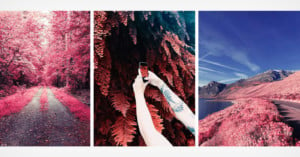
VSCO has announced three new infrared filters -- two color and one black and white -- that were originally shared with the VSCO community in early June but are launching publicly today.
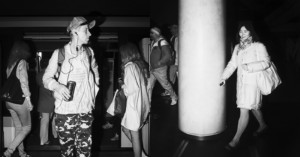
Street photography is one of the most appreciated genres in photography. By showing daily life in a new way, it can speak to everyone. That explains why some of the most famous photographers are street photographers: Henri Cartier-Bresson, Vivian Maier, Martin Parr, Diane Arbus, or Joel Meyerowitz. They created iconic pictures by finding the right moment to catch the interesting details that no one else could have seen.
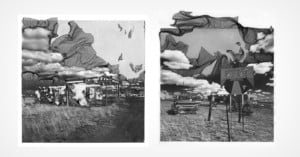
A photographer has documented the disappearing American West using a unique alternative photographic process called Mordançage which gives the finished images a surreal and ethereal look.
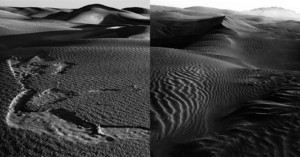
This year, as photographers, we've been challenged to look at more ordinary subjects closer to home in pursuit of continuing our photography. 2020 has pushed us to find creative potential in the more everyday and mundane, perhaps duping us in the process that these subjects are in fact worthy of our attention.
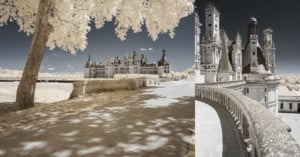
My name is Pierre-Louis Ferrer, and I am a professional French photographer specialized in infrared and ultraviolet photography for ten years now. I spend a large part of my free time experiencing and testing new filters and equipment to see behind the visible. My work is mostly divided between artistic photography, dermatologic photography for cosmetic brands, and infrared photography workshops in Paris.
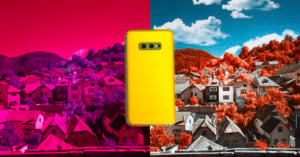
I will start with a warning: Digital Infrared Photography is not easy, and this will get technical fast.
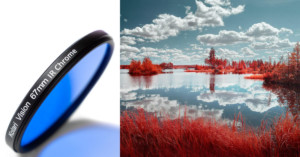
Kodak Aerochrome was a popular infrared film that produced a distinctive look photographers have utilized for various projects. Discontinued a decade ago, a 24-exposure roll of Aerochrome can cost over $80 these days. If you want the look of Aerochrome without the cost, the new IR Chrome lens filter for digital cameras was designed just for you.
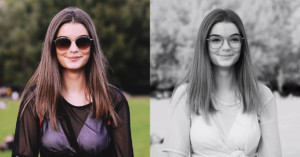
Infrared photos and videos have an instantly recognizable look to them that you're probably familiar with. But do you know the reasons things look the way they do? Here's an interesting 4-minute video that explores the subject through infrared views of the "invisible" side of London.
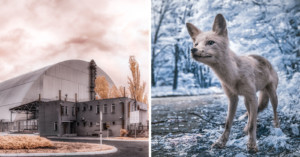
A few years ago, I visited the Chernobyl Exclusion Zone with an infrared camera. We always hear praises of the might of Mother Nature, how it renders useless mans’ creations and bears life above the ruins. Well, it’s something that is always felt, but never on such a huge scale. This place IS the place for these contrasts.
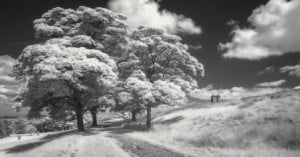
Digital cameras usually have infrared filters on the sensor that work to block out almost all of the infrared information reaching it. To shoot infrared photos, photographers often have their camera converted to capture infrared light by removing this filter, but in turn the camera loses its ability to capture "normal" images. If you'd like to dabble with IR photography, there's an easier alternative.
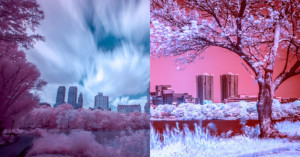
The human eye is incapable of seeing infrared light, so infrared photography is truly a way to show your audience something they can never see with their own eyes. Here's a guide to getting started with digital infrared photography.
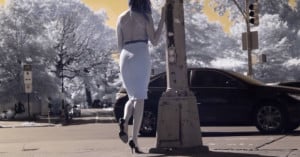
The new music video for the song "Sunday Morning" by musician Ryan-O'Neil was shot in infrared with a DIY modified entry-level DSLR.
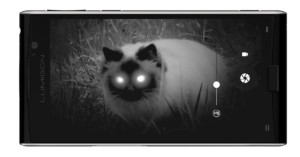
Ever wish your smartphone could see in the dark? Your wish is Dutch electronics company Lumigon's command. Introducing the T3, a phone Lumigon claims is the world's first with a built in, HD, night vision camera.
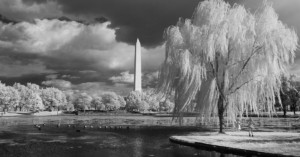
Washington DC is one of the most photographed places in the United States, with over 20 million tourists passing through in 2014.
With so many cameras being pointed everywhere in the capital, photographer Mark Andre wanted to offer a different take. So, he converted a standard DSLR into an infrared camera and has spent the past year shooting an otherworldly series of photos of DC.
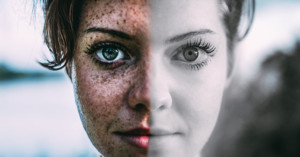
Toronto-based cinematographer Jon Simo created this trippy portrait showing how an infrared camera sees things compared to an ordinary camera.
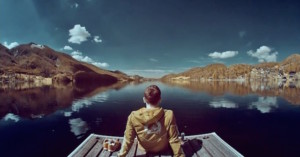
As great as infrared photography can be, for most of us, it’s an enigma that is often difficult to nail down since we’re capturing that which we can’t see with our eyes. However, just because we can’t actually see it, doesn’t mean we can’t teach our brain to visualize what the outcome will be when we snap the shutter.
Here to help us learn how to ‘see’ infrared light is Danish photographer Esben Olesen, who takes a few minutes to walk us through his basic infrared workflow when shooting with his converted DSLR.
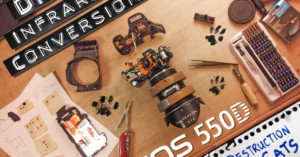
“Until the 20th century, 'reality' was everything humans could touch, smell, see and hear. Since the initial publication of the chartered electromagnetic spectrum... humans have learned that what they can touch, smell, see and hear is less than one millionth of reality.”
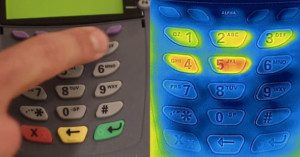
There are a lot of great, fun, and interesting things people can do with an iPhone and that FLIR 'predator vision' infrared camera case we told you about at the beginning of this year. But, as it turns out, there is also a very bad thing people can do.
Using just an iPhone and the Thermal camera case, people can actually steal your PIN codes, be that for an ATM or that keypad on your car or garage door.
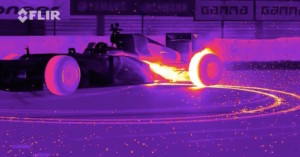
FLIR recently decided to show off some of its latest camera technology in the best possible way: with some help from a Formula 1 car. FLIR teamed up with Red Bull Racing to film its RB8 F1 car searing the pavement at the TT Circuit Assen in the Netherlands using their FLIR X6580sc alongside a number of other cameras.
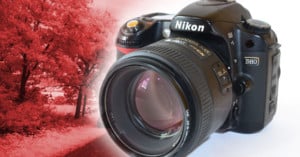
Here's a DIY project for infrared photography enthusiasts who have a few hundred dollars and some time to spend this weekend. Instead of taking the typical routes when it comes to taking IR photos -- i.e. using an IR lens filter or making the magic happen in post -- why not DIY a dedicated IR camera of your own?
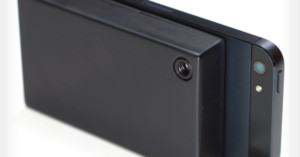
A few months ago, we told you about a neat, open-source attachment created by modder Andy Rawson that could instantly turn your smartphone into a thermal imaging camera. At the time, Rawson was intending to sell the production models for $150 and otherwise open source the project for the DIYers out there. Well, add about $25 to the price tag and a ridiculously successful Kickstarter campaign and you've got the IR-Blue.
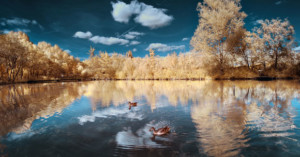
If you want to enjoy some eye-popping infrared landscape photographs, look no further than the portfolio of French photographer David Keochkerian. He photographs gorgeous landscapes using an infrared sensitive camera, which causes the green tree leaves to show up as golden yellow and silvery white, and turning spring into fall and winter.
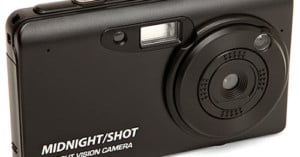
The Midnight Shot NV-1 Night Vision camera by ThinkGeek is a compact camera specially designed for infrared photography. Instead of permanently removing the IR filter from a traditional digital camera, the Midnight Shot allows the filter to be retracted when you want to use it as an IR camera. It shoots 5 megapixel stills, VGA video, and has built-in IR illumination that lets you shoot and film in complete darkness.
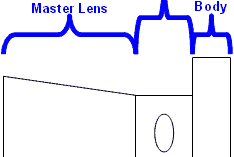
Canon might be rolling out a new Image Stabilized lens with a built-in teleconverter, but Tamron and …